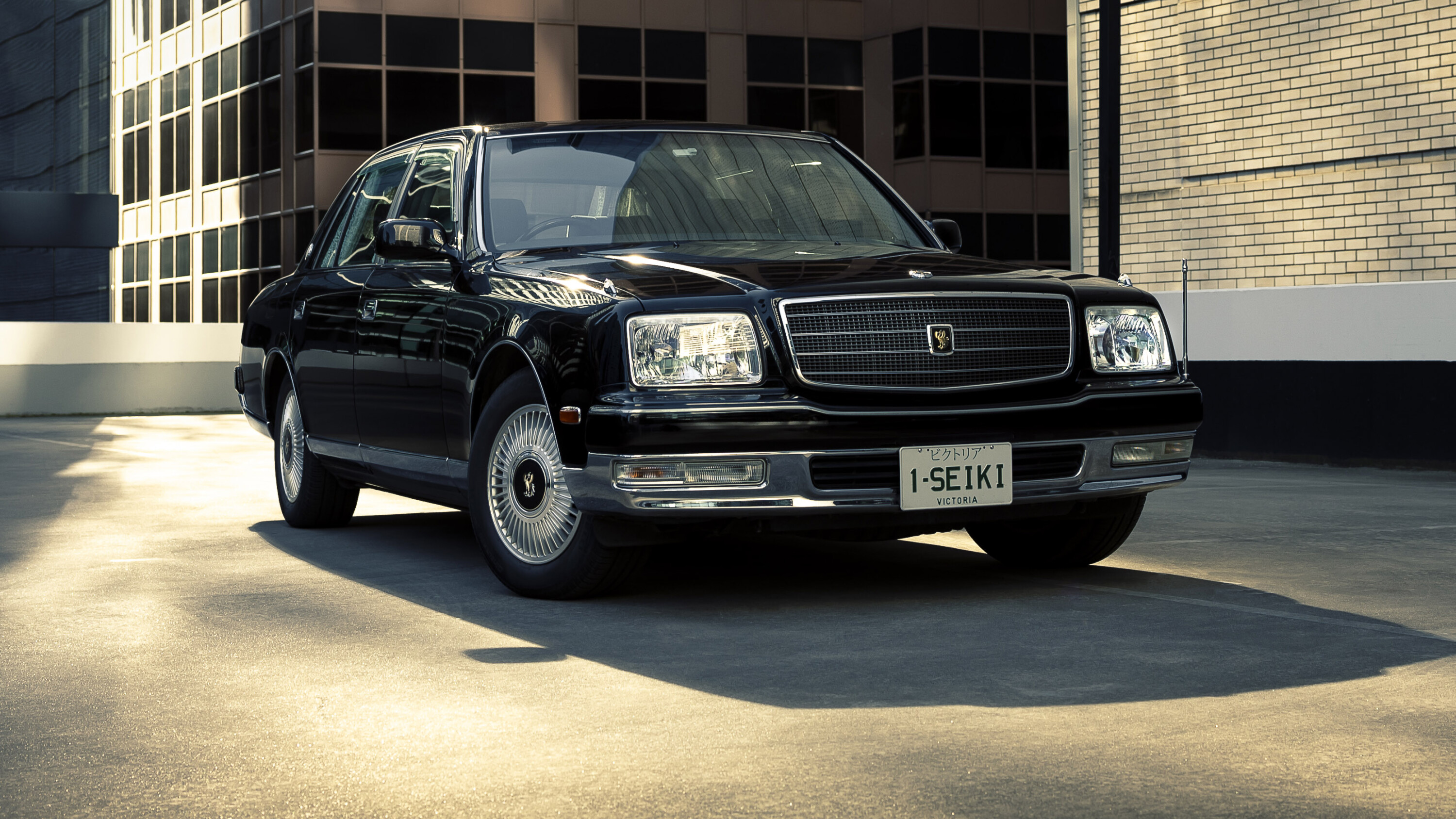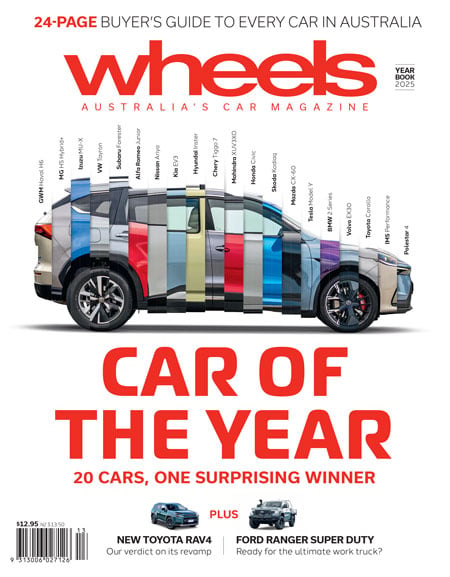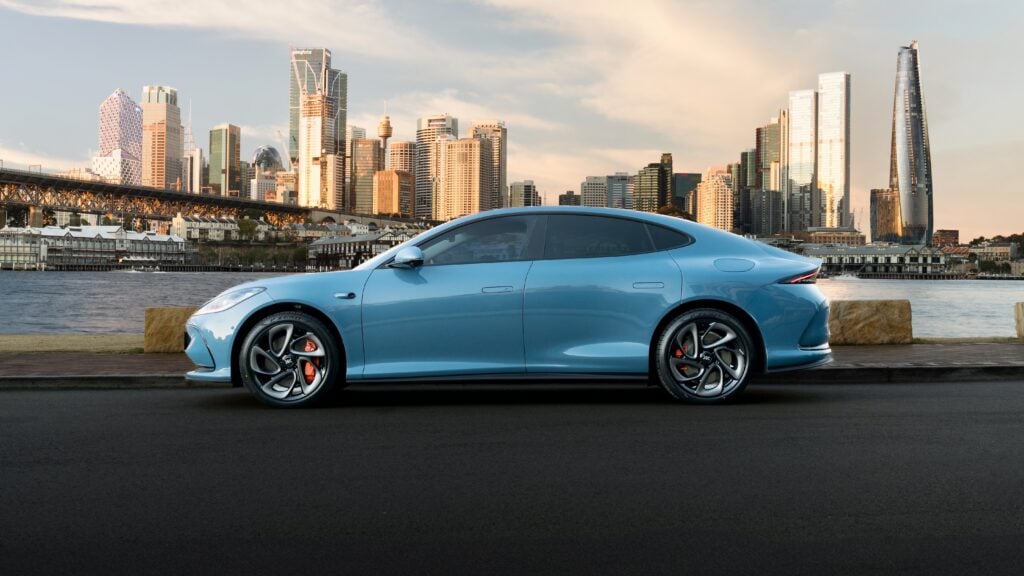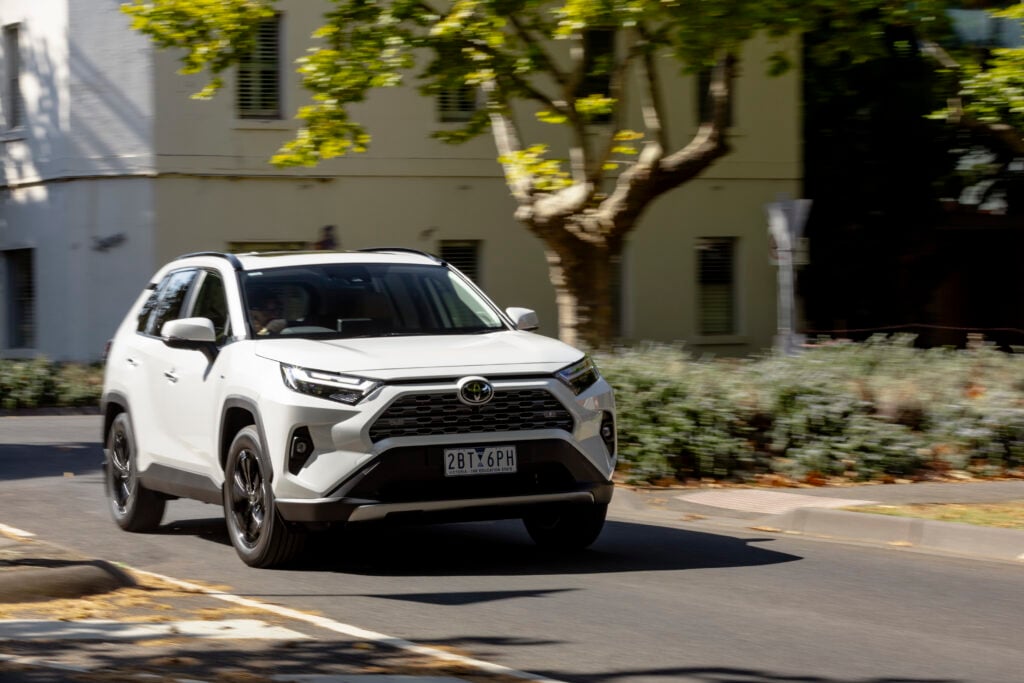Shopping in Japan is an exercise in being overwhelmed by the tyranny of choice.
You’re buried in an avalanche of features, specifications, colours and nested niches to the extent that you begin to wonder how this Darwinian proliferation of products is set to play out.
Yet if you want a Japanese production car with a V12 engine, the choice is really rather simple, because there’s only one and you’re looking at it right here: the Toyota Century.
Of course there have been Japanese V12 racing engines from the likes of Isuzu, Yamaha, Nissan and Honda. The Nissan Dump Truck WD38 also sported a twelve-pot 15-litre diesel but that’s not quite the same thing.
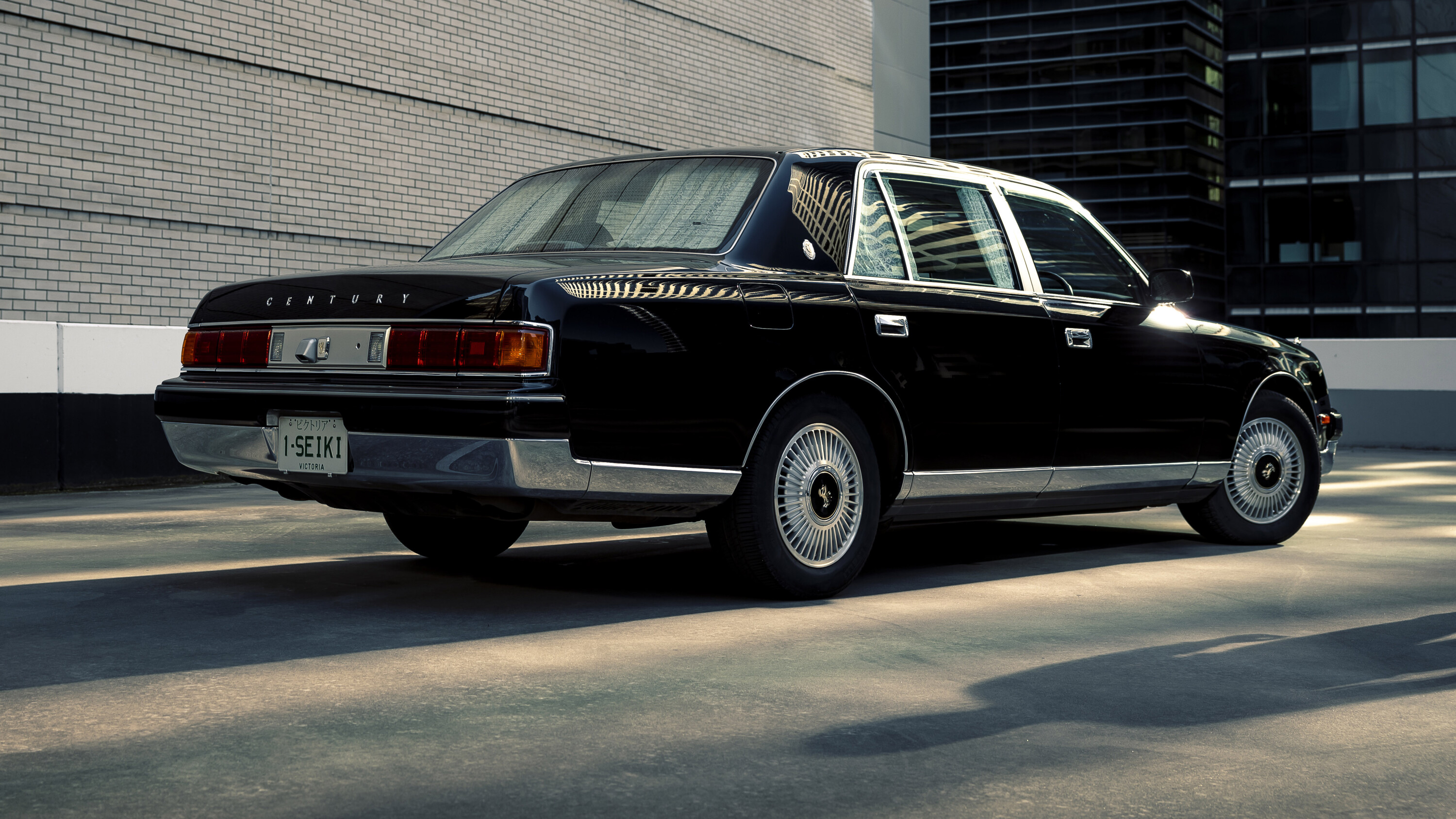
In fact, the Century’s engine is not only the reason Lexus stopped at 10 cylinders – it’s also the reason Toyota’s luxury brand came as such a big surprise to to Western markets when it launched in 1989.
While we were astonished at the quality of the original Lexus LS400, to the Japanese this was simply a more proletarian sedan than the flagship Century.
By the time the LS400 launched, the Century had been a fixture on the domestic market for 22 years. The badge draws its name from the centenary of Sakichi Toyoda, the founder of Toyota Industries, who was born on 14th February 1867.
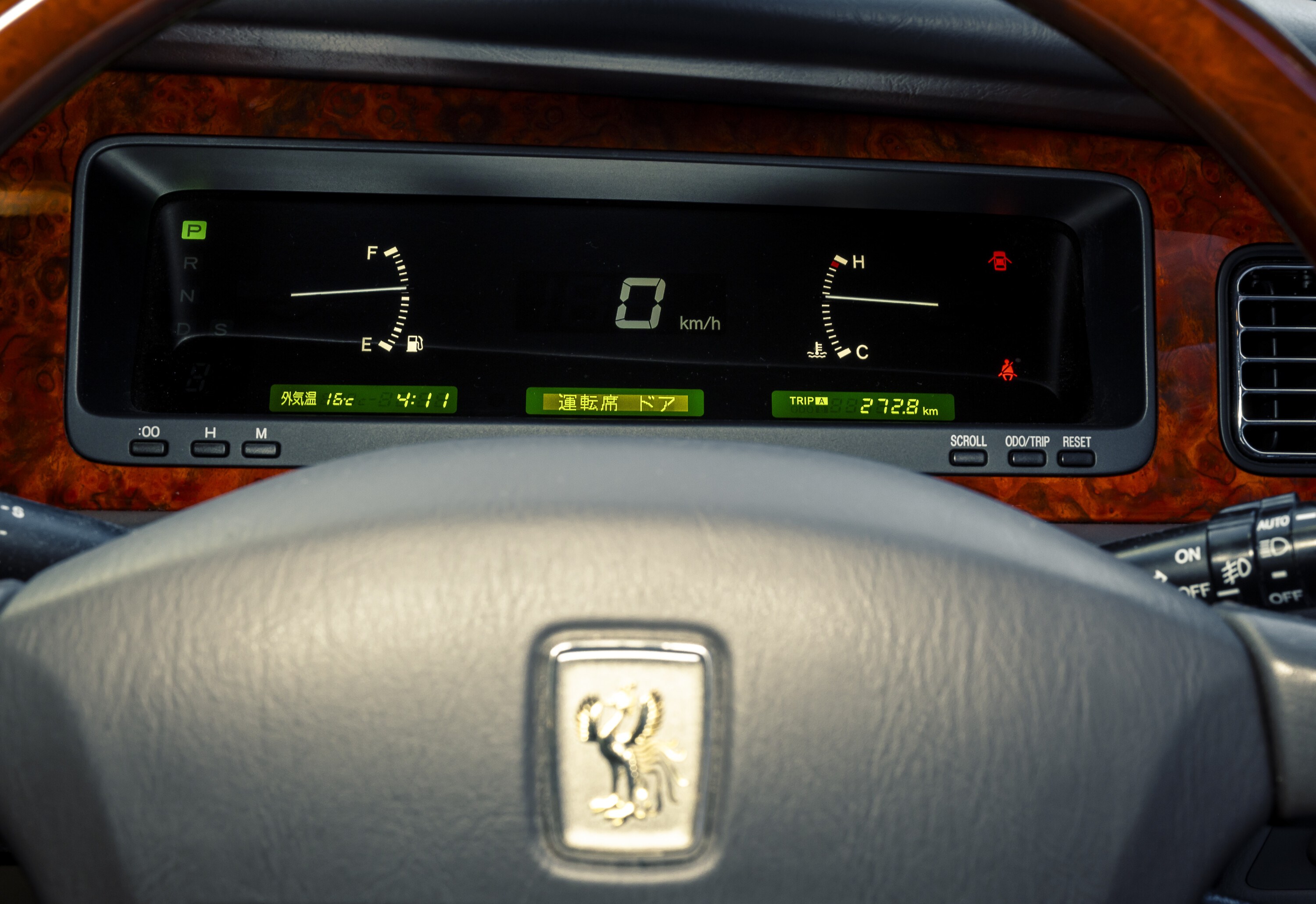
In that regard, the Century was born as an indulgence, a present to Toyota from itself and was influenced by the quiet restraint of vehicles like the Daimler DS420 Limousine and the Rolls-Royce Phantom V.
Originality of concept was not a noted feature of 1960s industrial Japan. Perhaps that should be contextualised somewhat. Western society has long been fascinated at the speed of Japanese cultural assimilation, this fascination tinged with a suspicion of subsequent remake and refinement of concept.
Yet the creative exchanges that Japan has enjoyed with the outside world worked both ways. Japanese lacquering techniques were introduced to the West in the 19th century, and there’s evidence of the use of lacquers in Japan dated back to 7000 BCE, at which point Europe was only just getting the hang of agriculture. More on lacquer later.
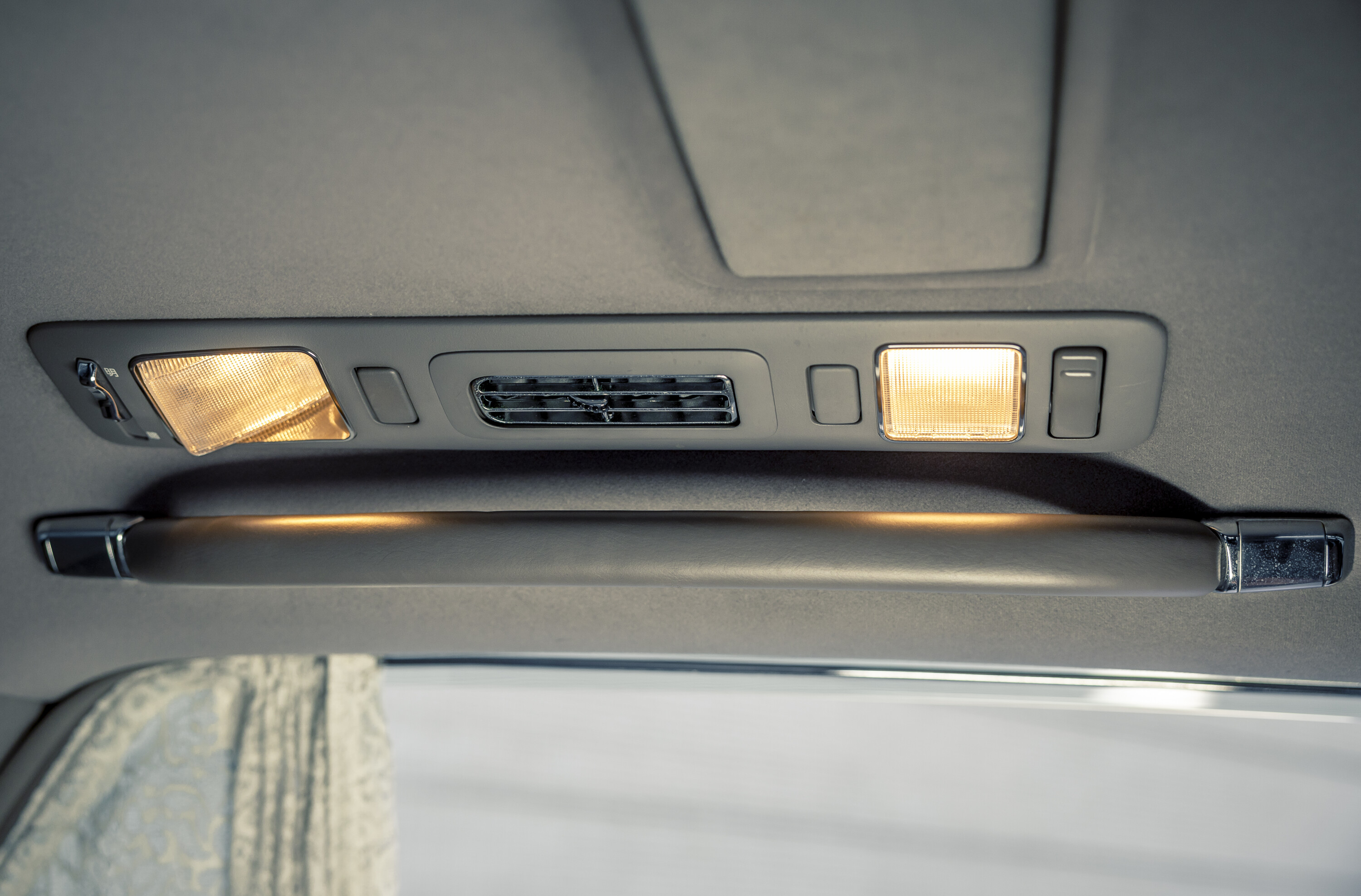
The Century itself was preceded by a pair of vehicles of similar aspiration: the Nissan President, which served as the official car of the Japanese Prime Minister Eisaku Satō, and the Nissan Prince Royal, which was the official carriage of the Emperor of Japan.
Toyota didn’t get into the Imperial market until the arrival of the 2006 Century Royal. Good things come to those who wait and all that.
While many have associated the Century with the Japanese nobility and, at the other end of the spectrum, Yakuza mobsters, its original target market was none of the above. As Toyota’s promotional material states, ‘The Century is acquired through persistent work, the kind that is done in a plain but formal suit.’
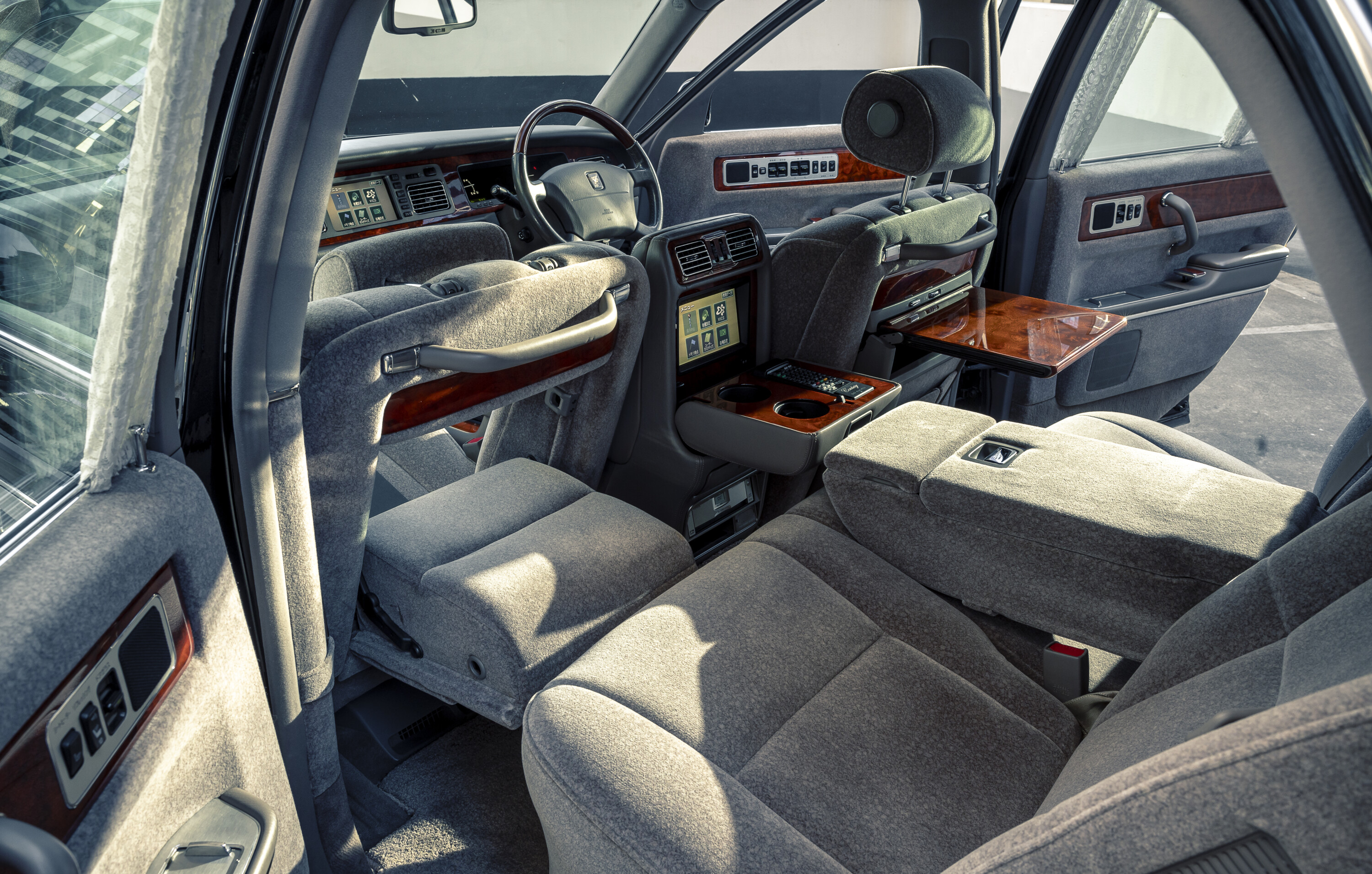
This was a vehicle for the chief executive, a marker of status that’s anything but overt, a vehicle that will usher its passengers discreetly and serenely between appointments, the rear seat occupants hidden behind lace curtains.
Some 30 years after the first generation Century – which saw three specific series dubbed G20, G30 and G40 – the second generation car arrived. Still resolutely retro in styling, the 1997 G50 was the first to be exported and the first to feature the turbine-smooth 1GZ-FE V12 powerplant.
Most expect this to be a fairly rudimentary piece of technology, yet it’s immediately clear that this is no piece of low-tech iron.
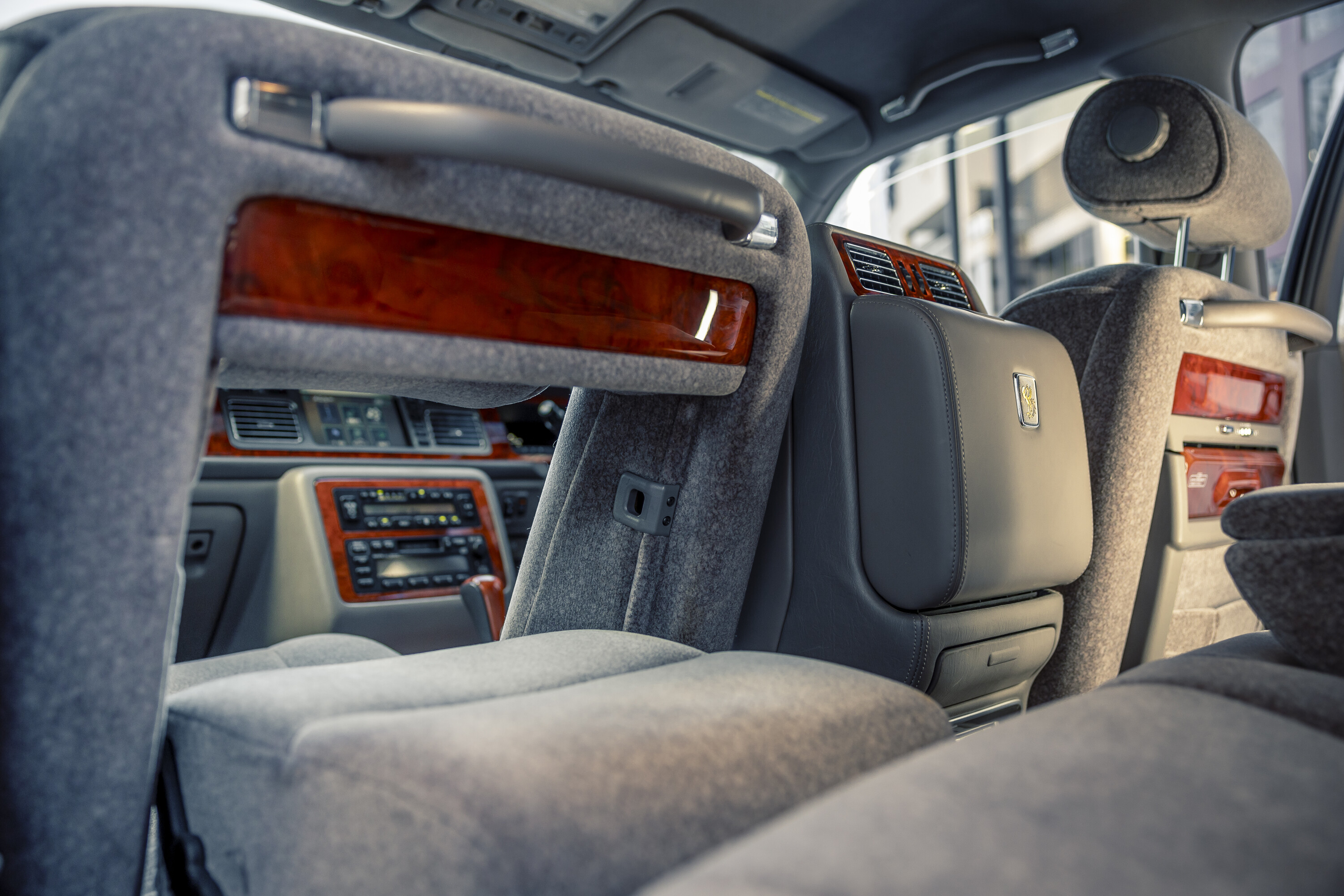
Overengineer and understress is the mantra behind this engine, with the official 206kW power complying with the Japanese gentleman’s agreement.
Today Toyota develops more power from a 1.6-litre three-cylinder, but then a GR Corolla won’t generate 481Nm and 80 percent of that from just 1200rpm; key to the refined step-off you expect in a high-end limousine. The actual power output stands somewhere nearer 230kW but what’s a few kilowatts between gentlemen?
This G50 – the middle child in the Century’s timeline – was the only one to be fitted with the V12, the subsequent G60 arriving in 2018 and utilising the V8 hybrid drivetrain from the Lexus LS600h. Production of the Century then moved from the Higashi-Fuji plant in Shizuoka to Toyota City’s Motomachi assembly works.
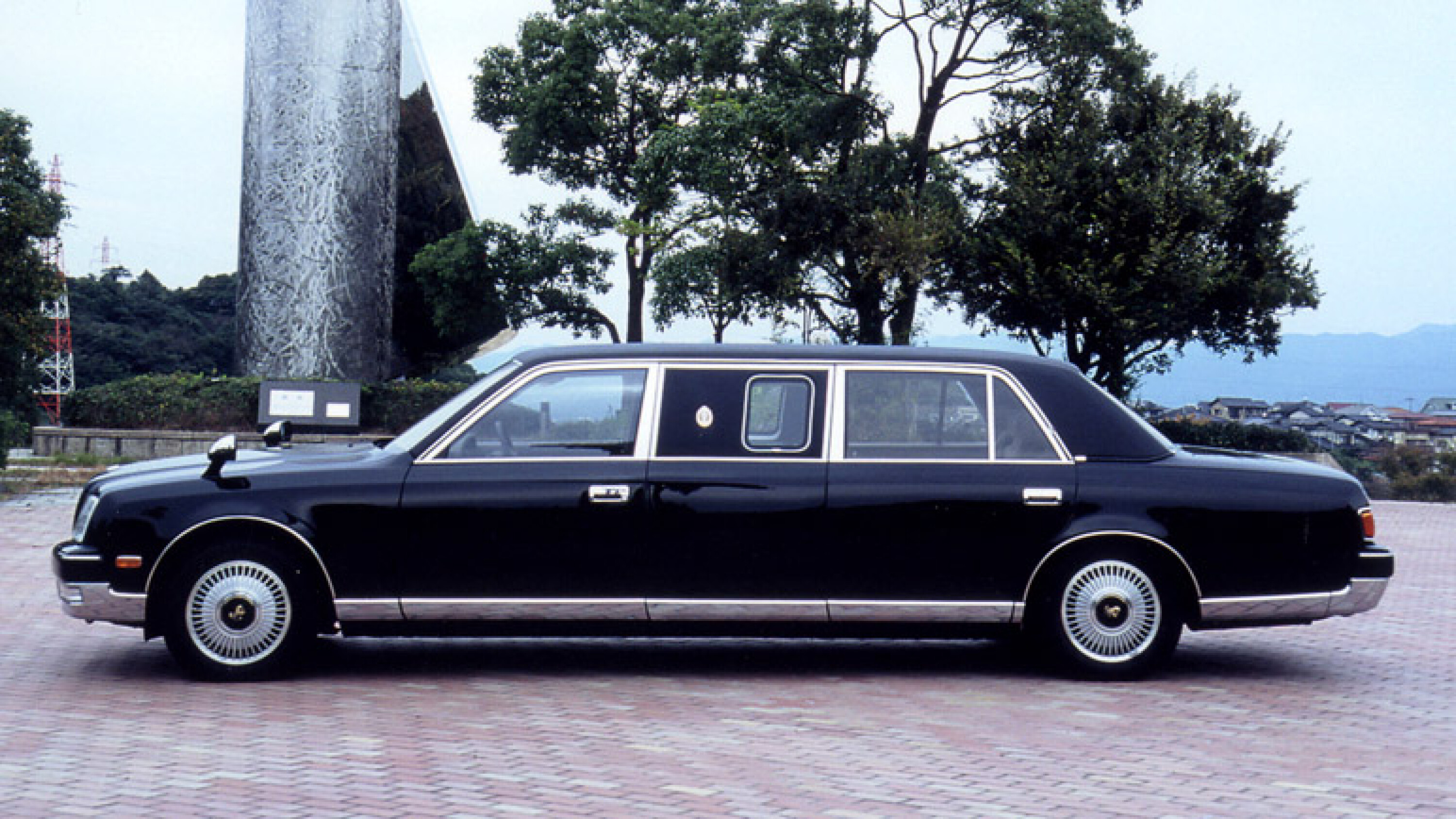
In the finest traditions of coachbuilt luxury, there are no leather seats in here. Leather was the weatherproof material a driver sat on, exposed to the elements, while passengers were cocooned inside atop fine fabrics.
The Century’s seats are trimmed in a short and fine-piled wool called Ruikyo, which has the velvety nap of snooker table baize. It’s thermally neutral and completely silent when you move across it. What’s more, it’s incredibly hardwearing.
Everywhere you look inside the car there are intriguing details. It’s commonly held that the Lexus SC430 coupe-cabriolet was the last car to feature a standard cassette deck when it ceased production in 2010, yet the G50 Century still allowed you to rock a C90 right up until 2017. Not sure if an emergency spooling biro was also supplied.
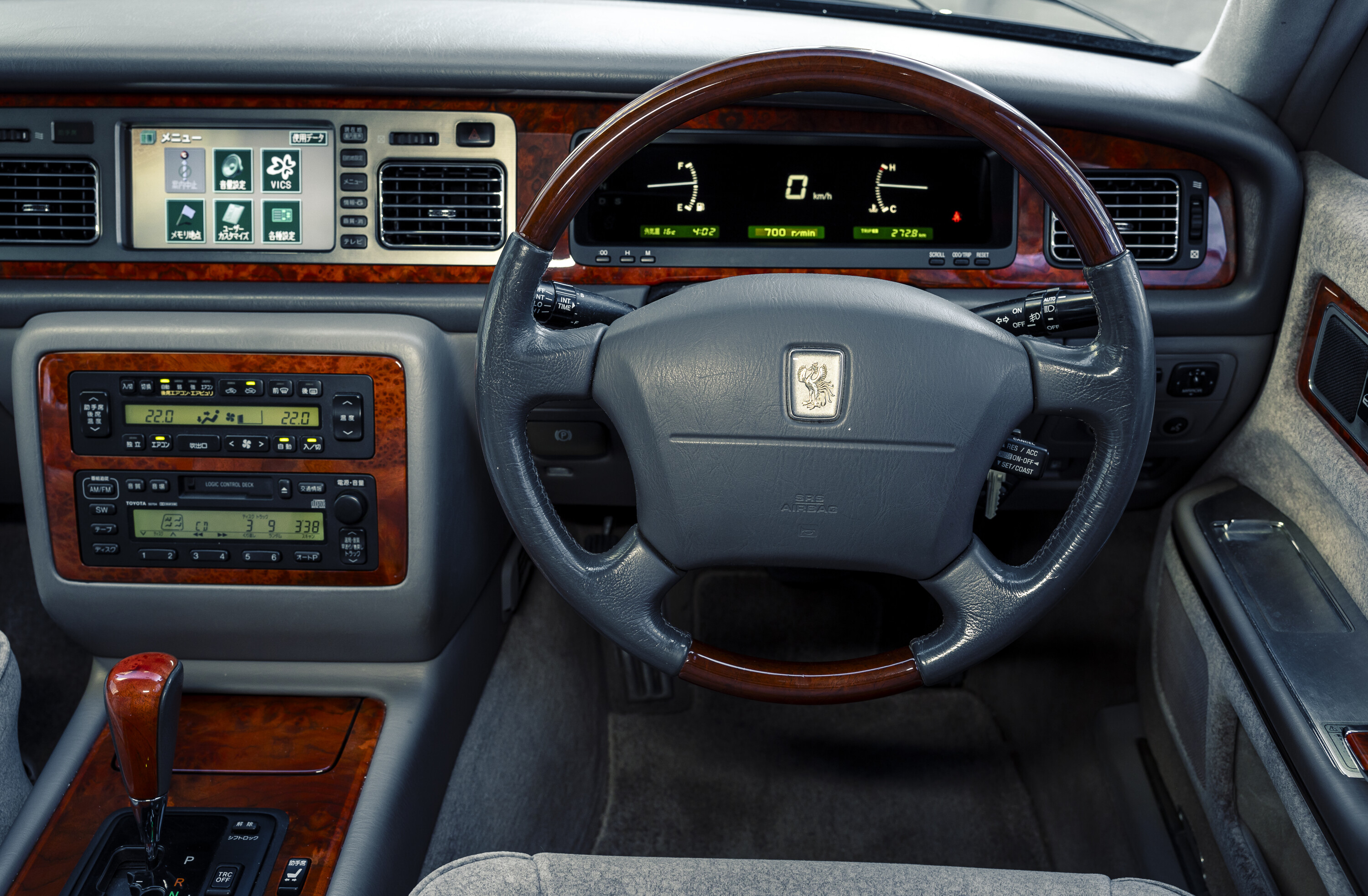
The rear-seat ottoman is probably the most well-known feature of the Century’s interior, whereby a passenger can flip down a section of the front passenger seat and recline in comfort.
There’s a whole host of rear-seat luxury features which include recline and headrest tilt functions, dimmable lights and even an accessory Century dictaphone. You can also tilt the front passenger headrest forward if you need to be get a better look through the windscreen.
Those in the heated and cooled rear seats can opt for a rather vigorous massage function and can also electrically control the front seats if you want to show the chauffeur on his independently sprung seat who’s boss.
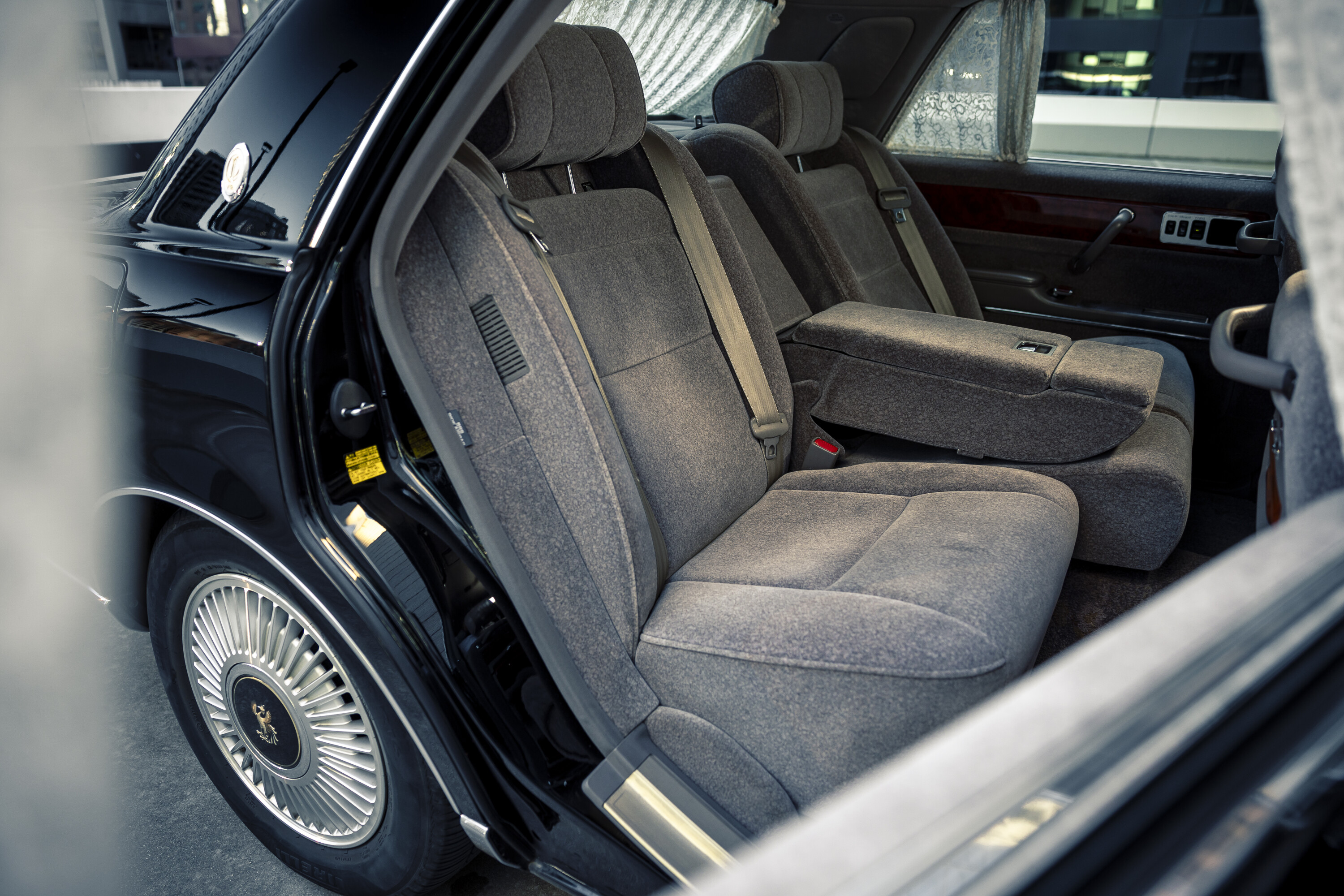
What’s slightly disorientating about this incredible car is the fact that there are parts that are obviously and expensively native to this car and this car only. Yet these are interspersed with what look like Camry-spec mouldings and minor switchgear.
Then there’s the woodwork which is equally out there. Most luxury car manufacturers want their wood to look like wood. This means subtle, flat cuts with texture in the graining. The Century is different.
It’s almost as if the target was to make wood look and feel like plastic. At first that sounds a reductive and slightly sniffy thing to say, but it’s only when you realise that veneers have been artfully bent and teased into frankly unlikely shapes that you begin to realise how much work has gone into it.
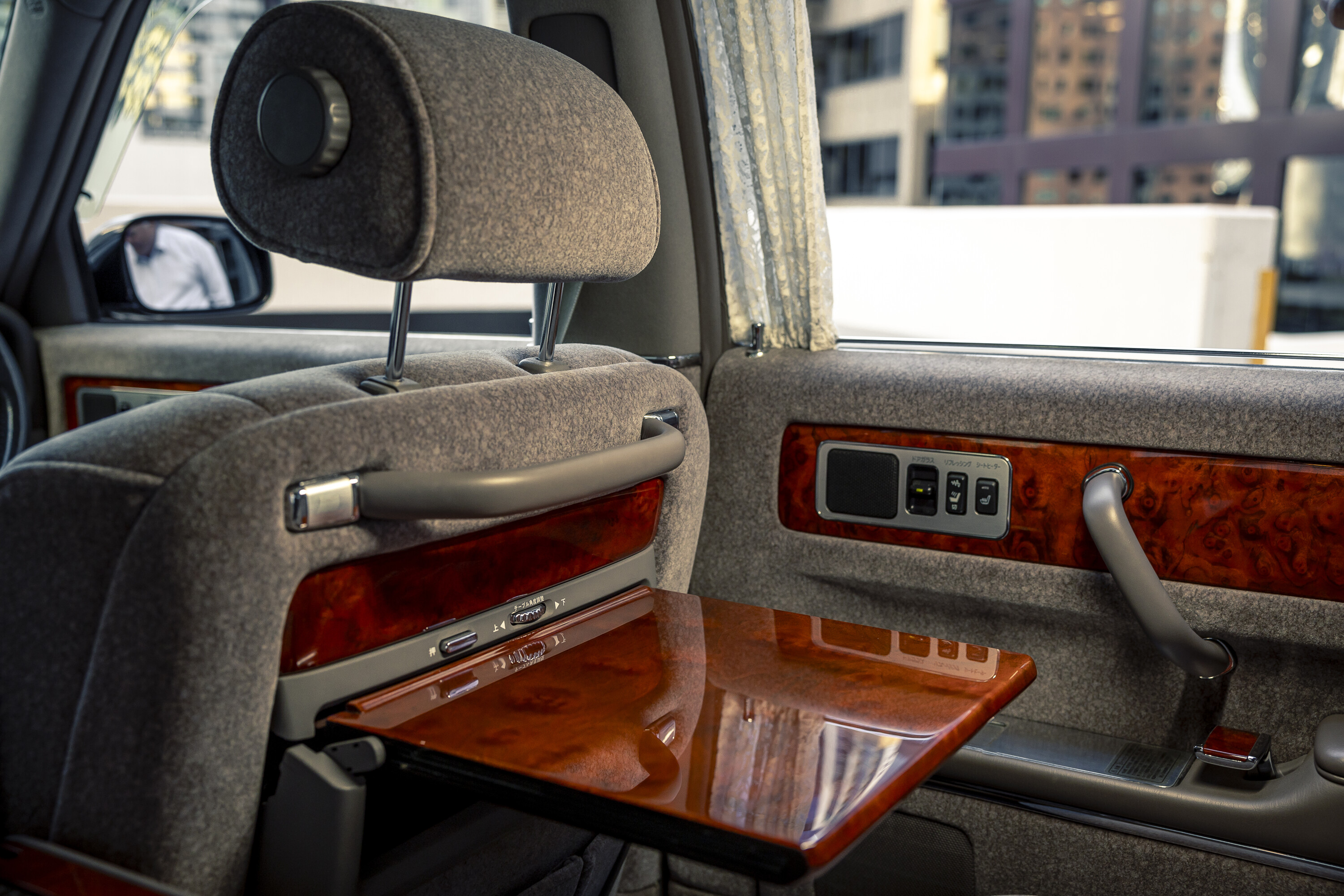
The rosewood single-grain panels that run across the dash are finished by Yamaha musical instruments.
The external colour palette isn’t exactly a kaleidoscope, with only five paint finishes ever offered on the Century. These are Ebony Teal Pearl, Blue Mica Metallic, Grey Metallic, Blu Metallic, and the signature colour, Black.
This paint colour was developed to give the impression of black lacquer, and involves laying seven separate coats, including a clear coat that contains black pigments to give the required depth to the paint finish. A modern luxury car’s paint is typically between 140 and 150 microns thick. A G50 Century’s paint nudges 200 microns.
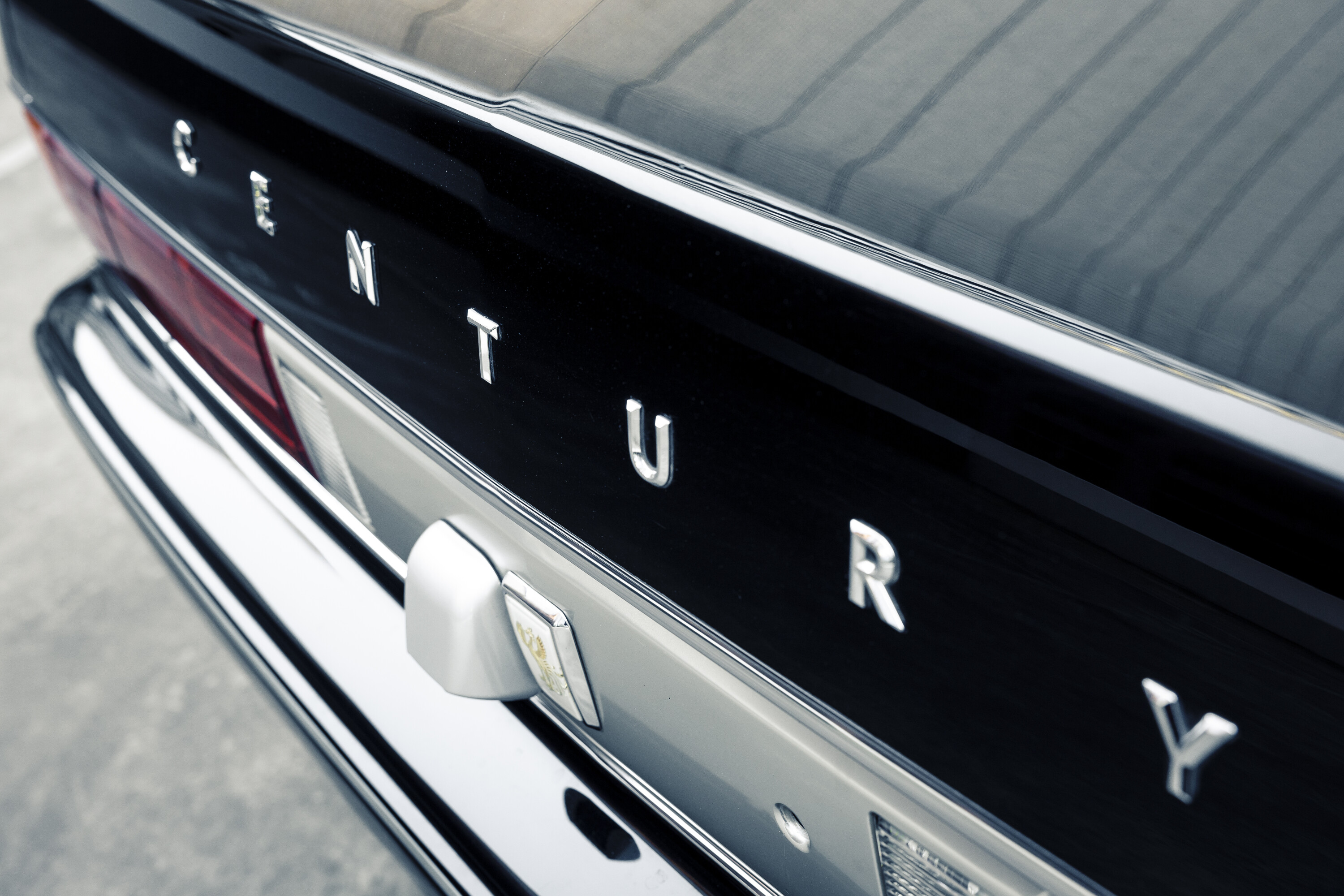
Three times, between coats, the microscopic imperfections in the paintwork are sanded under running water, creating the perfect undercoat. The final step after painting is a mirror-finish polish. This is key. When alighting from the rear seats, the Century’s flat C-pillar is designed to become an exterior vanity mirror, allowing dignitaries a final check on their appearance before attending a function.
There’s a nod to Shinto symbolism here too. The Imperial Regalia of Japan include a sword to represent valour, a jewel to signify benevolence while the mirror embodies the virtue of wisdom.
The gold phoenix – or Hō-ō – as seen on the on the Century’s wheels, grille and steering wheel boss was adopted as a symbol of the imperial household, often worn by an empress, representing fire, the sun, justice, obedience, fidelity, and the southern star constellations.
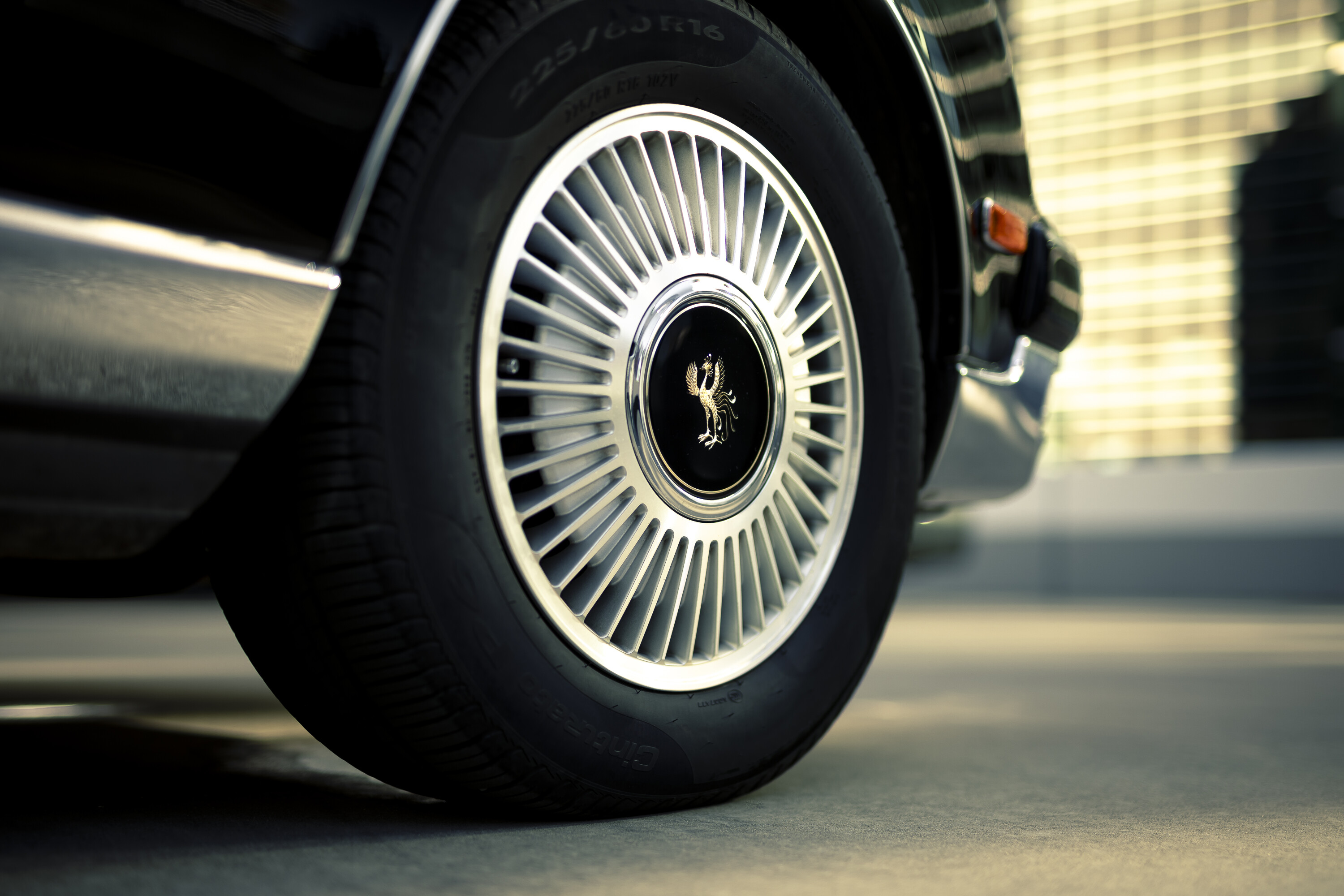
Starting with this second-gen G50 version, every Century owner can track the history of their vehicle. Books are kept at the Century plant which document the inspections performed after each process, identifying the supervisor and the date. The Century is a car built painstakingly by hand, and Toyota is keen to log that exact process, with access available via the touchscreen in the dash.
The G50 Century received a significant update in 2006, gaining features such as curtain airbags, LED rear lights, an air purifier, and a DVD-based 12-speaker cinema installation.
The following year, the car was updated with a digital TV tuner, with HID headlights arriving in 2008 and a reversing camera in 2011. Now that the earlier G50 models are eligible to import to the United States under 25-year regulations, prices have generally crept up for good examples.
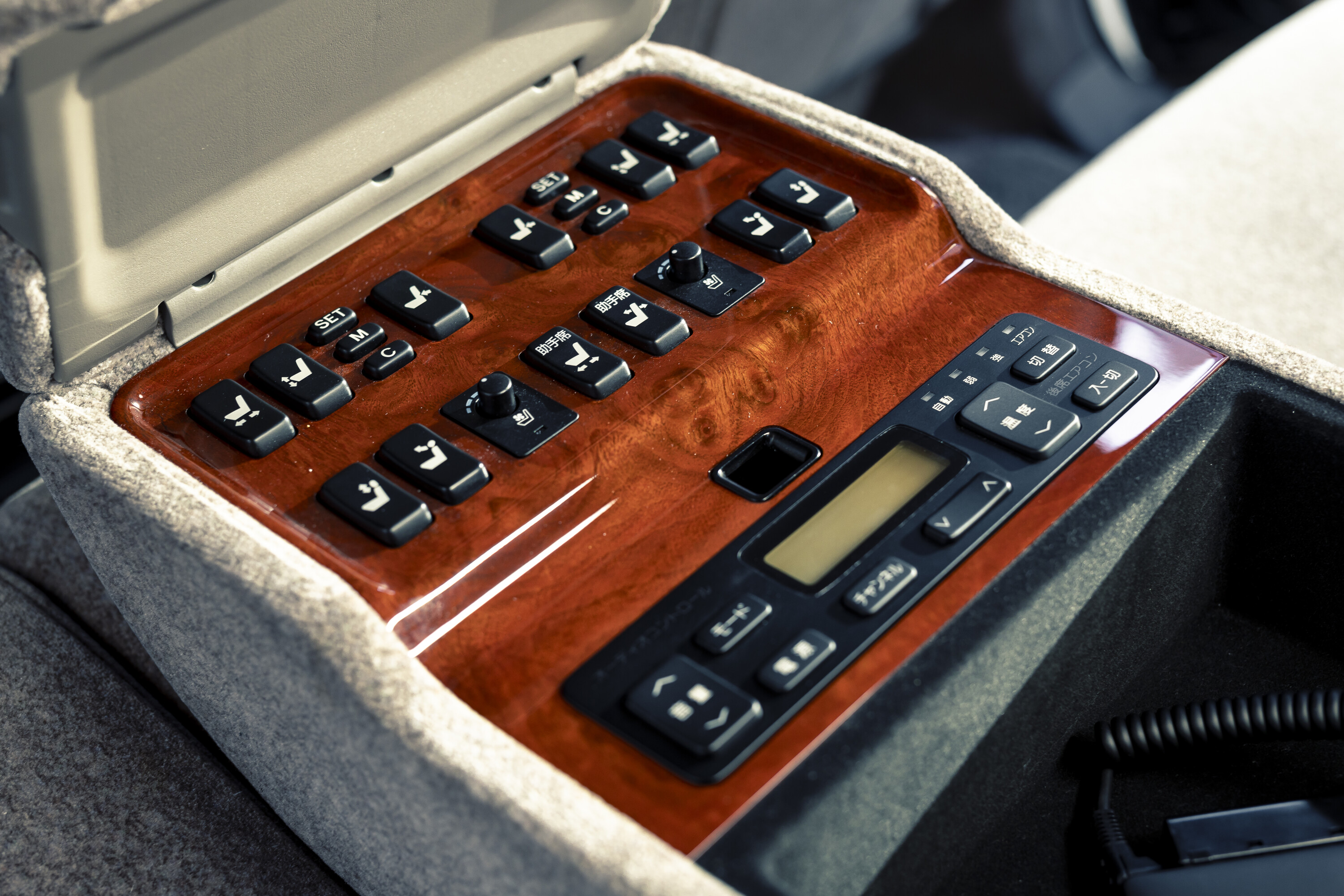
The Century is generally reliable, as you would expect from a vehicle built with such care, but any car with this amount of electronic functions of this vintage merits a good looking over.
The wool interiors aren’t particularly happy if constantly exposed to Aussie UV and there are some parts of the A342E six-speed auto ‘box that are uniquely Century. Above all, look for accident damage (all panel gaps should be around 3mm) and paint damage.
As long as you’re equipped with a parts number, spares are, thanks to Toyota’s excellent parts back-end, often less tricky to source than you might expect. Anything Century-specific can be costly, however, and needs to come from Japan.
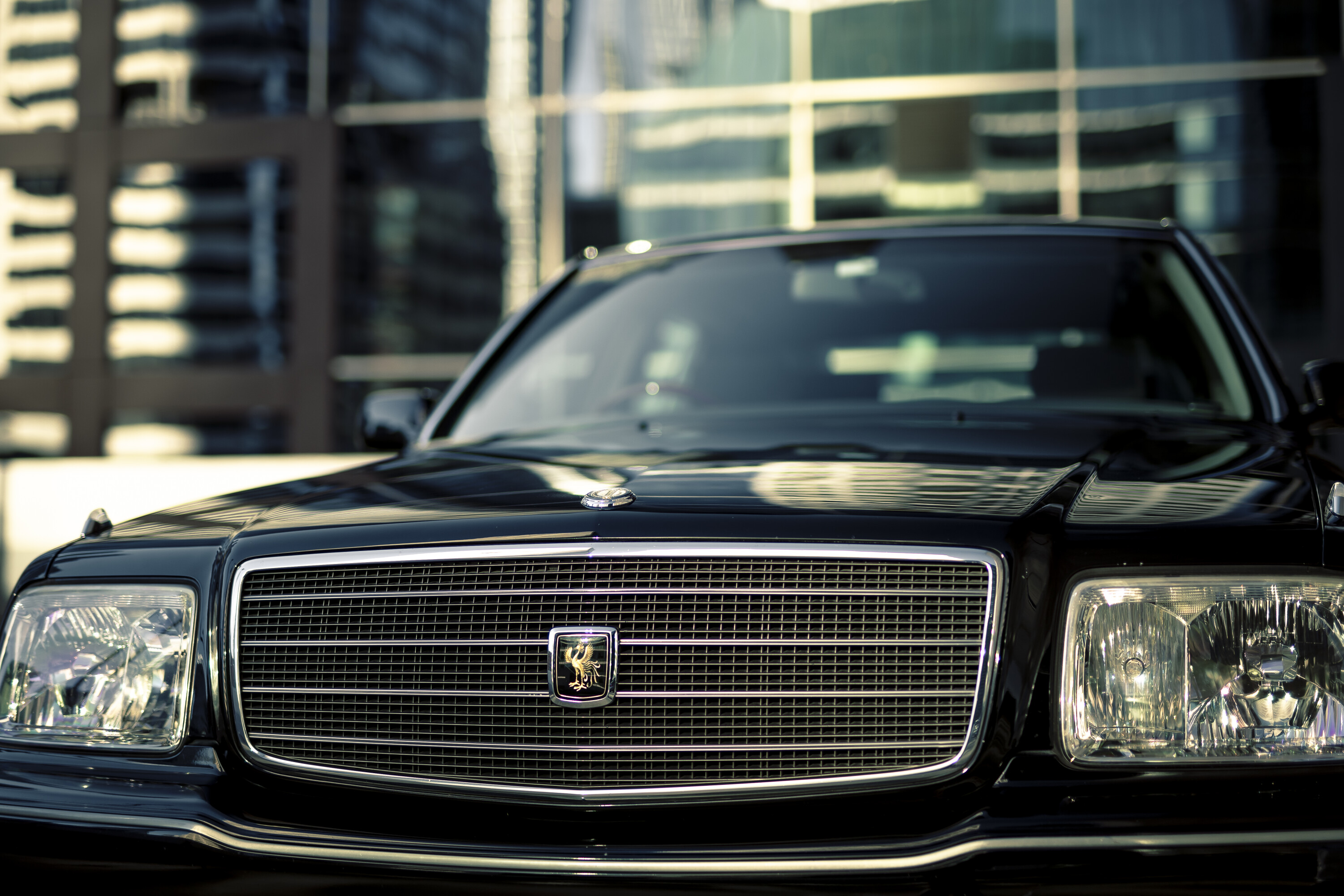
The G50 Century wasn’t a notably rare car, with 9573 vehicles built across almost 20 years of production, so if you’re shopping, don’t reflexively buy the first one you see.
The G50 Toyota Century is a truly exceptional car, largely due to the shackles being cast off by its domestic focus. It’s this inherent and all-pervading Japanese-ness that lends it its charm, while its quality and rich feature set are durable points of difference that never fail to provide a talking point.
It’s not a Japanese Rolls-Royce, largely because its unique sense of identity became so strong. When the G50 Century launched in 1997, Japan was still building VHS players and CRT screens. When it ceased production in 2017, we were in a world of mini-drones, robovacs, VR headsets and home hubs. You’d think that time may have wearied it. You’d be wrong.
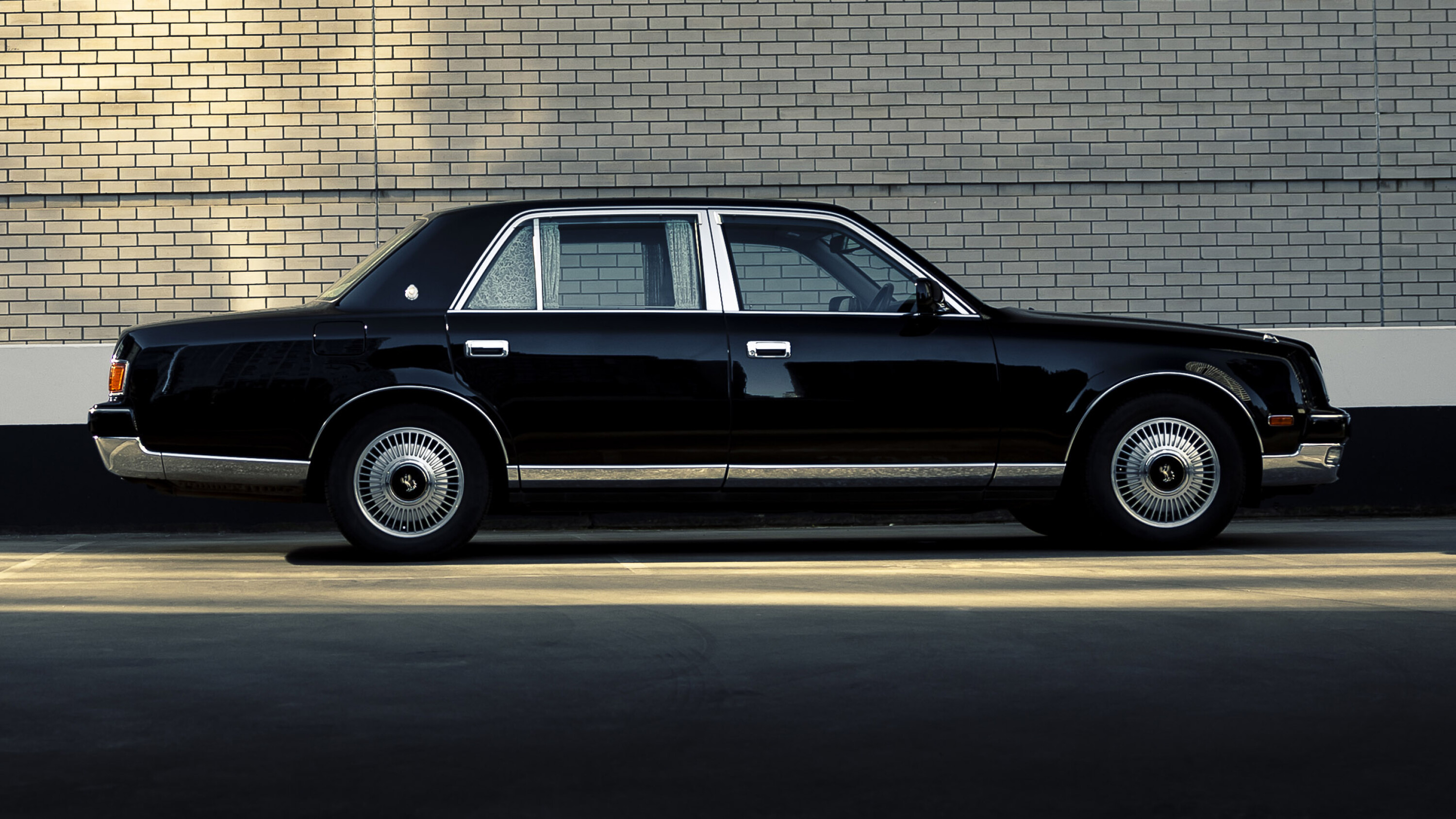
Grand Royal
Built between 2006 and 2008, the rarest of the Century models is the Century Royal V12. It’s the long wheelbase state limousine of the Emperor of Japan and three custom-built sedans were built as well as one hearse.
It features internal granite entry steps and Japanese washi rice paper headlining for the passenger compartment, with the rear passenger compartment trimmed in wool and the front upholstered in leather.
Fact check
The good
The 5.0-litre 60-degree V12 features a reinforced aluminium block, forged, fully counterweighted steel crank, four valves per cylinder, dual overhead cams per bank and an aerospace-level of commitment to mechanical redundancy.
In the unlikely event that one bank of cylinders fails, separate injection ECUs mean that the other bank would still function perfectly.
The bad
Go expecting a truly business class level of rear legroom and you’re likely to come away a little crestfallen.
The Century is a sizeable car at 5270mm long, but the old-school 3025mm wheelbase is a mere 5cm longer than a current BMW 5 Series and means that rear accommodation in the passenger cell is perhaps a little more intimate than you’d first envisage.
| Toyota Century G50 specifications | |
|---|---|
| Model | Toyota Century G50 |
| Engine | 4996cc V12, 48v, dohc |
| Max power | 206kW @ 5200rpm |
| Max torque | 481Nm @ 4000rpm |
| Transmission | 6-speed automatic |
| Weight | 2050kg |
| 0-100km/h | 7.8sec (claimed) |
| Price (now) | from $30K |
We recommend
-
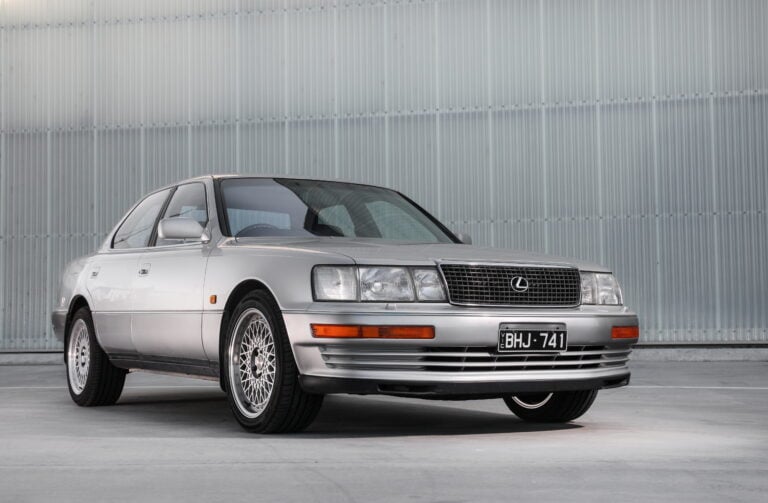 Features
FeaturesModern classic: Lexus LS400
No budget, no time constraints, no prisoners: the Lexus LS400 was Japan’s shock to the world that changed the luxo sedan segment forever
-
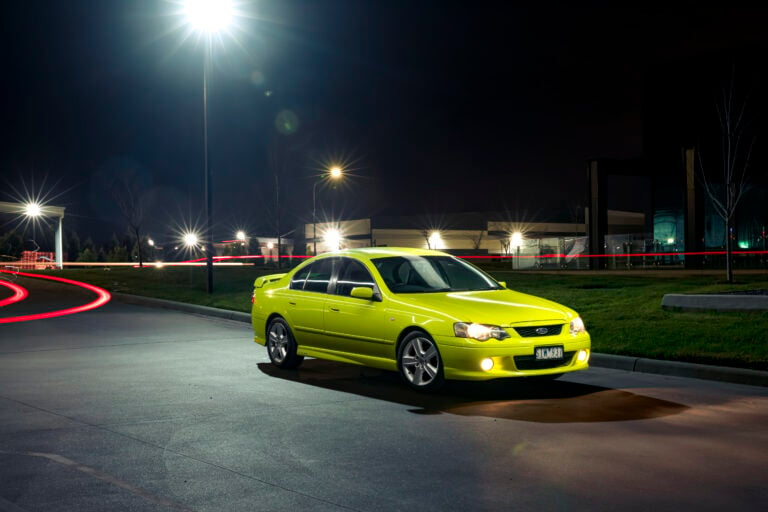 Features
FeaturesModern Classic: Ford BA Falcon XR6 Turbo
Adding a turbocharger to Ford’s BA Falcon sports sedan elevated it to Aussie-icon status
-
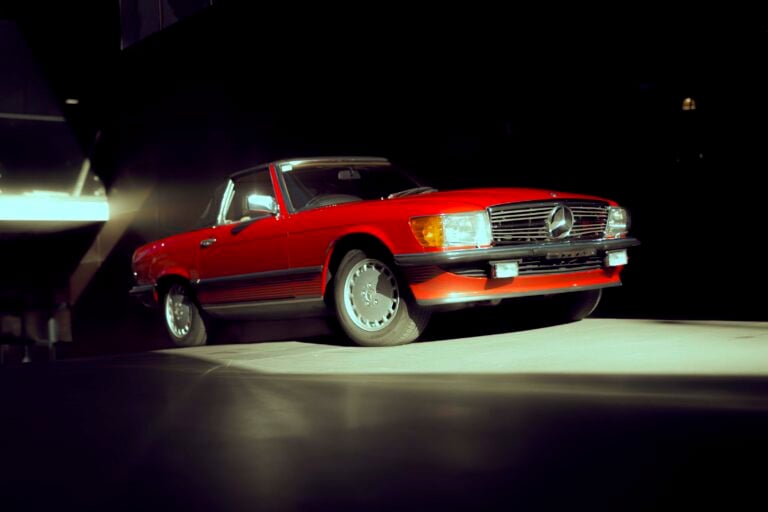 News
NewsModern classic: Mercedes-Benz R107 SL
Elegant design and a remarkable 18 years in market define the most iconic SL of them all


